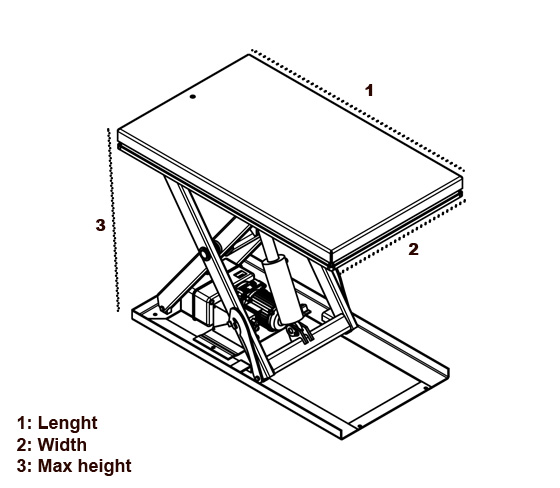Design your perfect lifting solution
Create your own customized solution tailored to your needs with our easy-to-use configurator
Our new Silverline series sets a new standard for non-bespoke lifting solutions.
Silverline lifting soluti
Create your own customized solution tailored to your needs with our easy-to-use configurator

| Capacity (kg): | 2000 |
| Travel (mm): | 1050 |
| Length (mm): | 1700 |
| Width (mm): | 1000 |
| Closed height (mm): | 250 |
| Max height (mm): | 1300 |
| Lift (sek.): | 25 |
| Engine (kw): | 1,5 |
| Net weight (kg): | 300 |
| Painted |